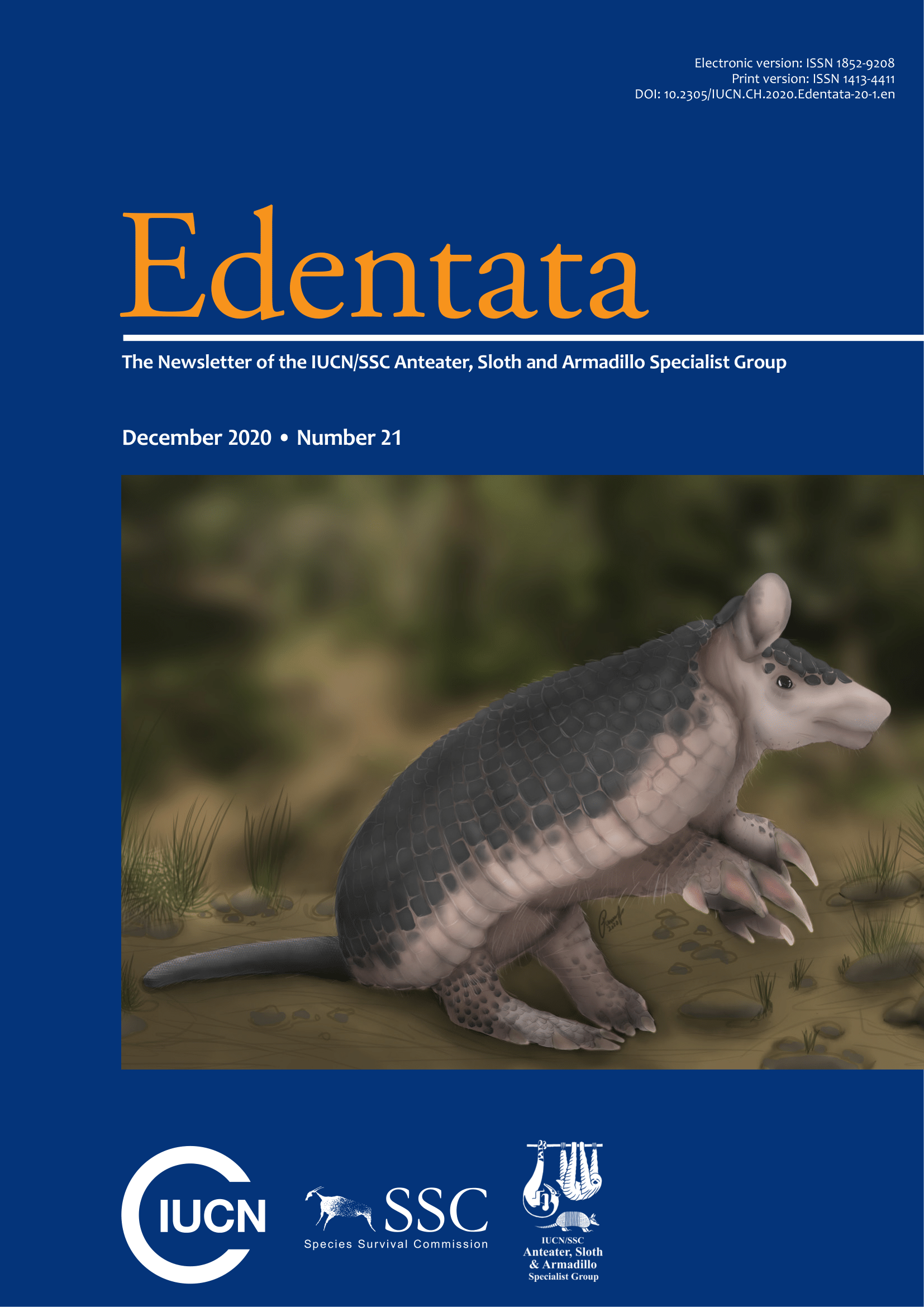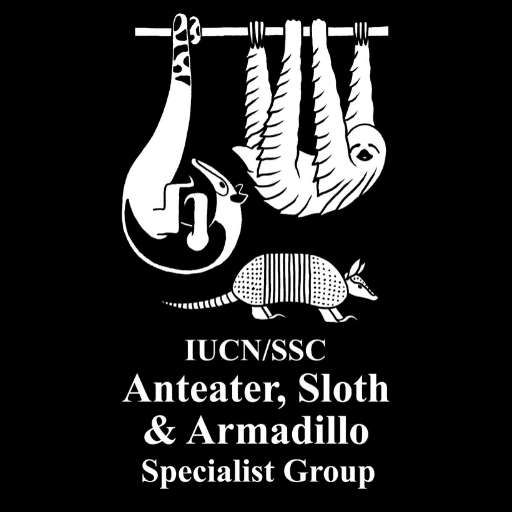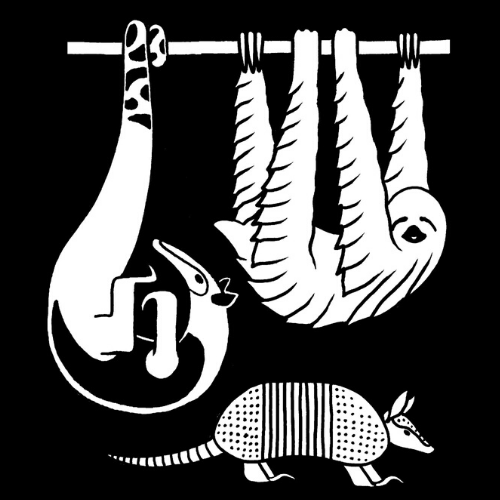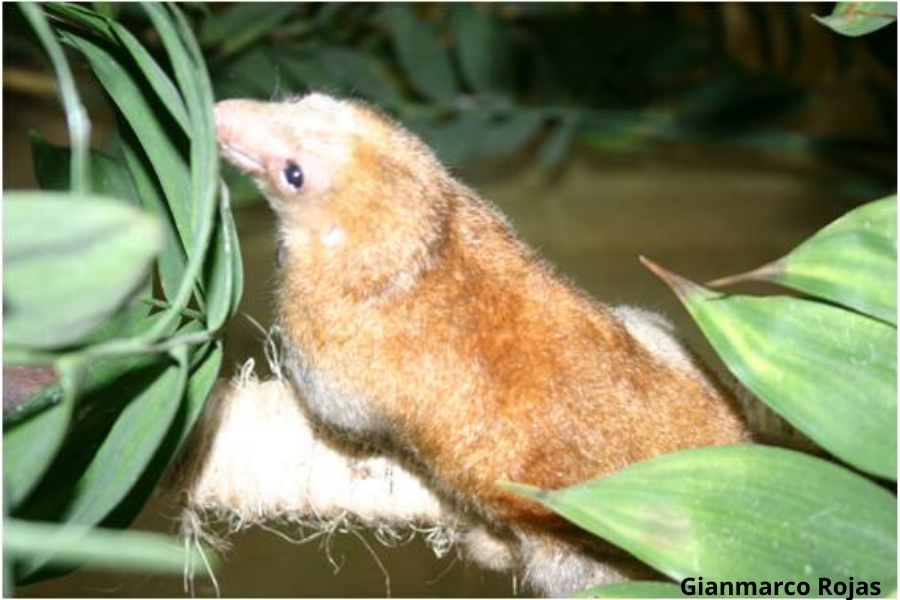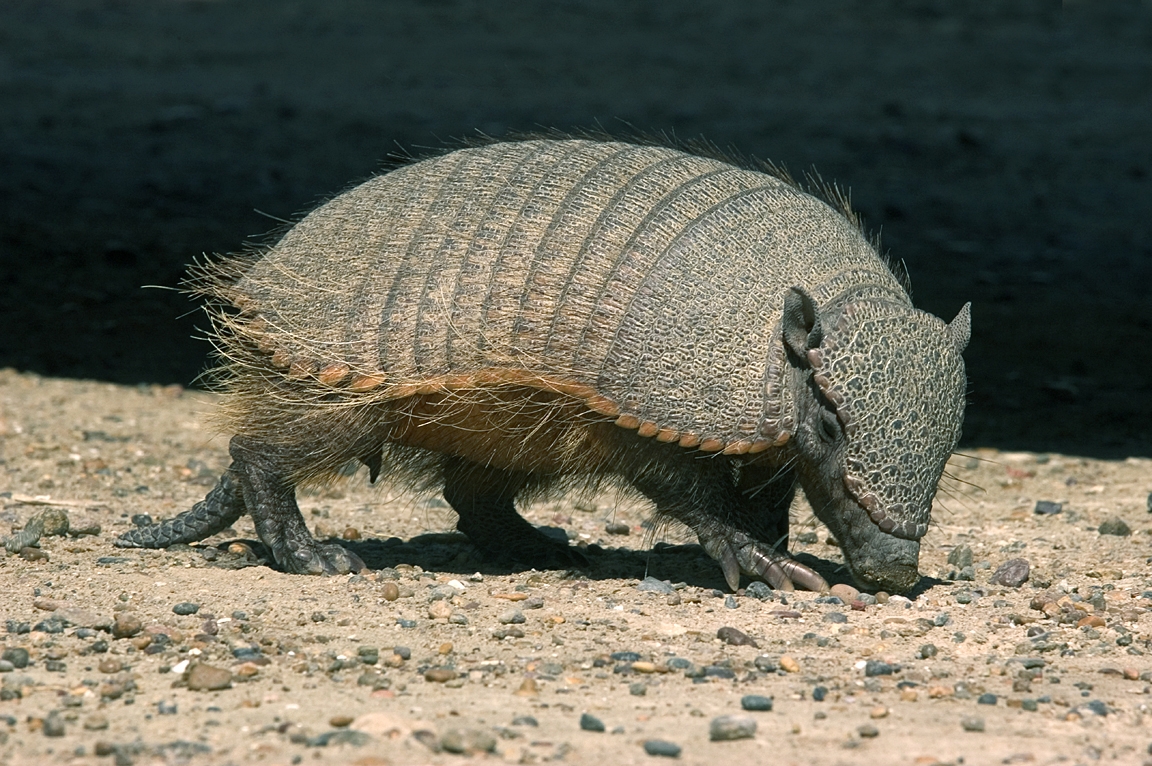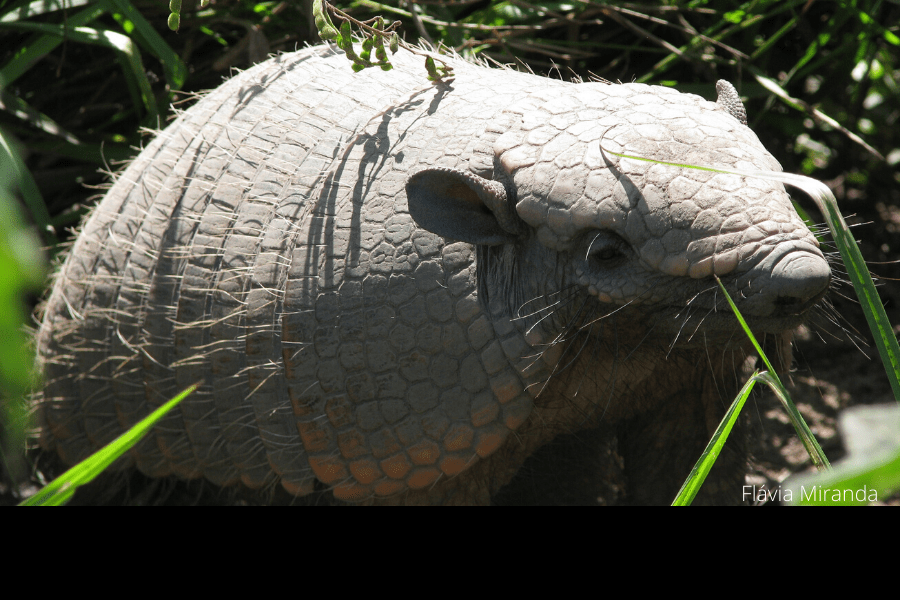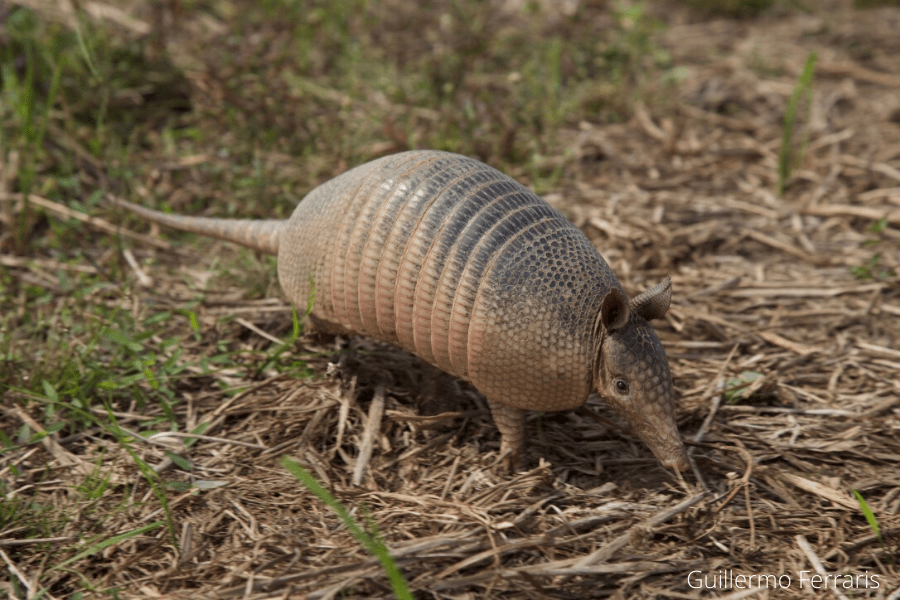New Edentata Edition!
Dear friends and colleagues,
We are delighted to announce another issue of Edentata! We invite you to download it free of charge from Edentata’s website.
Edentata 21 includes six articles and a News section packed with exciting announcements.
In this issue, you will find an interesting review on the xenarthrans of Honduras; a description of the first camera trap records of giant anteaters in Baritú National Park, Argentina; and a report on the occurrence of ticks on free-ranging armadillos in Piauí, Brazil. There are also two contributions about giant armadillos and bees. One of them describes the attack of Priodontes maximus on a nest and its predation of stingless bees, whereas the other explores ways to reduce the conflict between beekeepers and giant armadillos. And don’t miss the field note about the Sloth Bot, a cute environmental monitoring robot!
We have also included updated Guidelines to Authors in English, Spanish and Portuguese to help you prepare your manuscripts for submission to Edentata. We are looking forward to receiving your manuscripts!
Best wishes, and many thanks to all authors and reviewers!
The editorial team of Edentata
